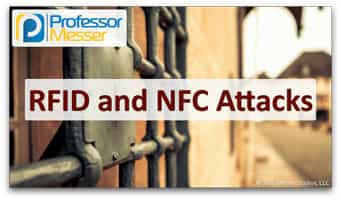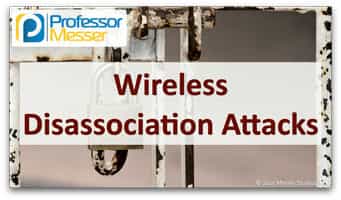Threat Actors – SY0-601 CompTIA Security+ : 1.5
here are many different sources of threats with many different motivations for attacking your network. In this video, you’ll learn about threat actors and the differences between these different types of attacker. << Previous Video: Malicious Scripts Next: Attack Vectors >> The definition of a threat actor is an entity responsible for an event that […]










